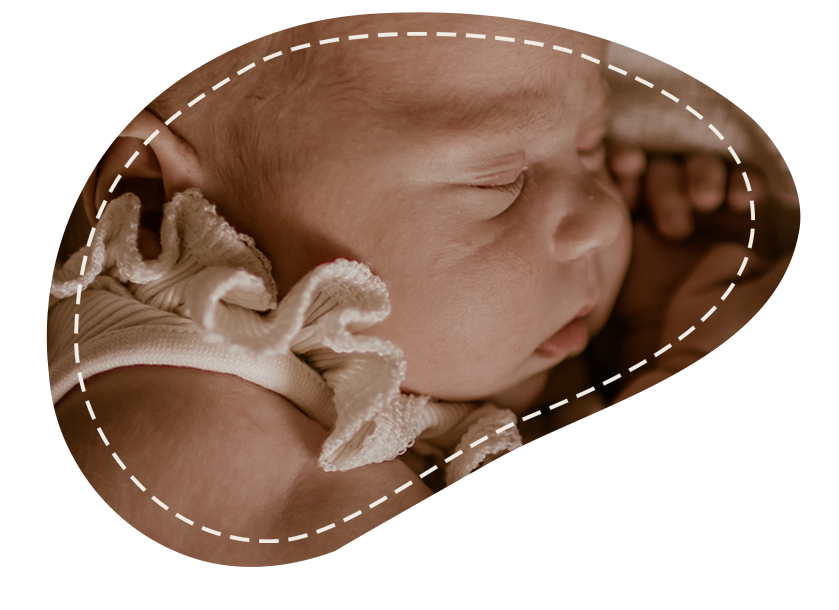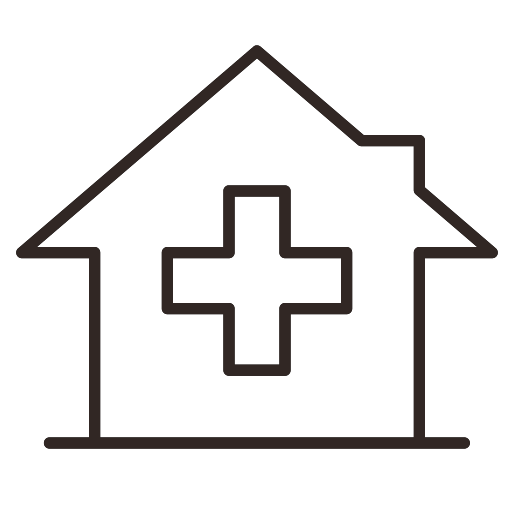Birth
After nine months of pregnancy your due date has arrived. Labour can start at any moment now. The birth process develops in 5 stages. Obviously, a birth doesn’t always go by the book. You’re most likely not even aware of the different phases of birth when you’re in the process.

The first stage – the latent stage
Birth is announced by contractions. In this stage contractions are not regular yet, instead they show up approximately every 5 to 10 minutes, causing a 3-4 cm dilation. It may take a while until you move on to stage two. In a first pregnancy this phase usually takes an average of 8 hours.
The second stage – active dilation stage
When contractions start to follow up faster, you know you’ve entered the second stage. Your contractions are 5 minutes apart and they take longer. You really have to focus to endure these contractions. Your waters may break and dilation increases to 8 cm. In case you haven’t addressed this before, now is the right time to discuss with your partner the following issues:
- How do you get to the place where you wish to deliver your baby?
- Do you need to call the midwife?
- Do you need to fill a delivery bath?
- In case you need pain relief, now is the time to request this in hospital.
The Third stage – transitional stage
This is the last part of dilation. You increase from 8 cm to fully dilated. You might even experience the urge to push already, but you are not allowed to push until you have reached full dilation. Contractions intensify and follow up rapidly. The real labour breathing may begin.
The fourth stage – expultion stage
During this stage you feel the urge to push increase, but midwife decides when it is time to actively push. After some time of intensive contractions and pushing your baby will be born.
The fifth stage – afterbirth
The placenta also has to break away from the womb; this happens during the afterbirth. Normally, the placenta will be born after a few good pushes. Your obstetrician or the midwife checks the placenta thoroughly to make sure it is complete and no pieces are left behind in the uterus. An important check to avoid complications. Also, the umbilical cord is checked for one vein and two arteries. If there is only one artery, follow-up research is carried out. The uterus will eventually shrink to its normal size, causing uterus afterpains
Familie Evers
Kraamverzorgende: Jolanda
Op de dag van onze bevalling belde ik jullie op om te horen of jullie voor ons konden betekenen wat we nodig hadden (gewoon 8 uur per dag). Dat konden jullie, maar wat we nog niet wisten is dat jullie zoveel meer konden bieden!
Jolanda werd onze kant op gestuurd en wat een geweldige kraamverzorgster is zij! Dankzij haar snelle actie rondom de borstvoeding, kolven en bijvoeden hebben wij sinds dag 4 een heel tevreden meisje dat goed kon herstellen van de heftige bevalling. Dankzij Jolanda kon ik de rust die ik zo hard nodig heb echt pakken om mijn lichaam te laten herstellen van de zware bevalling.
En daarnaast was Jolanda nog zoveel meer! Een gezellige klets, hulp in het huishouden, schat voor onze oudste en steun en toeverlaat tijdens de kraamtranen.
Enorm bedankt dat jullie ons zo last minute toch deze geweldige kraamweek hebben kunnen bieden. En wauw, wat fijn dat Jolanda voor jullie werkt en veel gezinnen van haar mogen genieten! Bedankt.
Teun
Kraamverzorgende: Patricia
“Een goed begin is het halve werk” zeggen ze wel eens. Dat is bij kraamzorg natuurlijk extra belangrijk. Hierbij gaat het niet om een klein projectje, maar om het opvoeden van een mensenkind.
Na een zware bevalling hadden wij de behoefte om met z’n drieën rustig bij te komen. Gelukkig kregen wij daarvoor van Patricia alle ruimte. Hierbij was zij niet alleen goede hulp met betrekking tot het opvoeden van een baby, maar was zij een betrokken luisterend oor.
Zonder uitvoerig vooraf te hebben gesproken voelde Patricia haarfijn aan waar onze behoeftes lagen en wat onze visie op opvoeding is. We vonden het erg prettig dat hier weinig woorden voor nodig waren.
Nadat we de deur achter Patricia sloten op de laatste kraamdag misten we haar prettige gezelschap al meteen. We hopen haar in de toekomst nog eens tegen te komen.


Labour positions
Giving birth can be done in various positions. Very often the birthing woman switches positions during the process. Not one way is better than the other; it simply depends on what you feel is best for you at the time. A description of positions and tools can be found below.
Supine position (laying on your back)
The most common position is supine position. It allows your midwife the best view and it’s the easiest way for her to guide you through the process.
On all fours
Leaning on hands and knees reduces pressure on the lower back.
Birthing stool
The birthing stool is a little bit similar to a toilet. It’s horseshoe shaped, leaving an opening in the middle and front. The upright sitting position allows gravity to help a little bit.
Birthing ball
Better known as a fitness ball. The ball may be helpful to endure contractions whilst sitting on or hanging slightly over the ball.
Bath birth
The warm bath water can have a relaxing influence. A birthing bath is very easy to rent. If you wish to deliver in hospital, usually they also have bath birthing facilities, although it might not be advised in case of a hospital birth on medical grounds. Check the possibilities with your midwife/obstetrician in advance.



